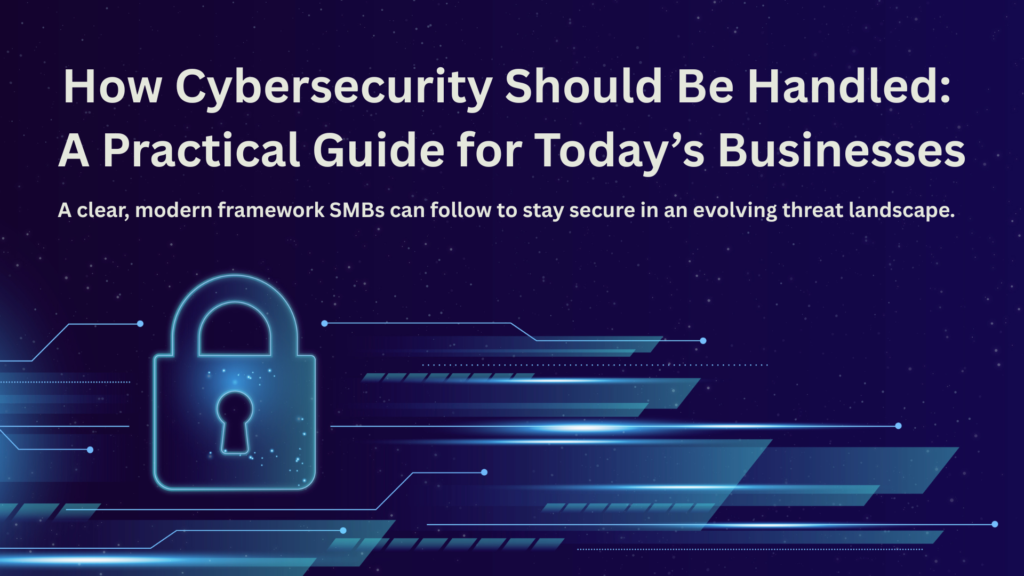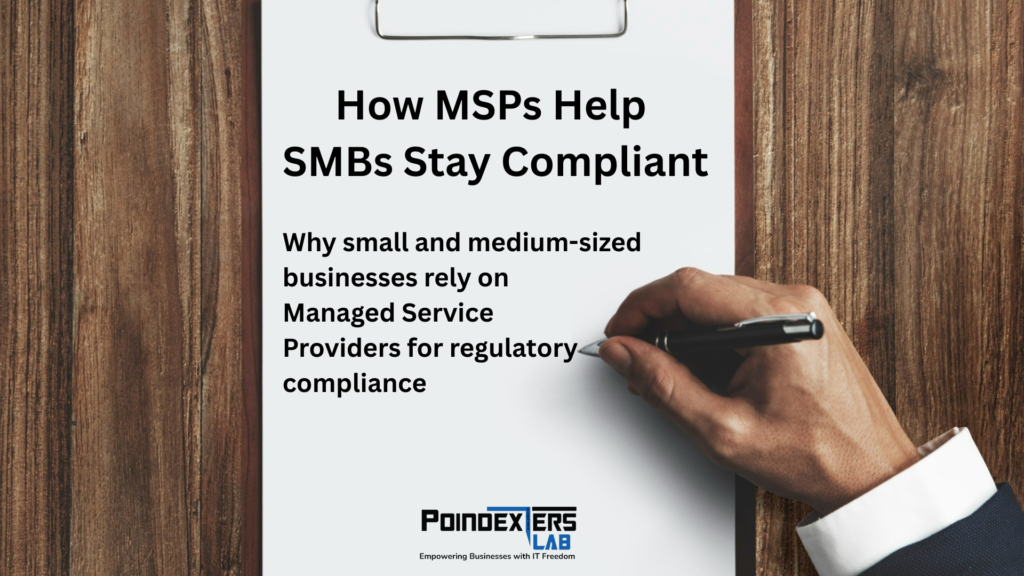Zero-Day Vulnerabilities: What They Are and How to Defend Against Them
Poindexters Lab
July 23, 2024

In the ever-evolving landscape of cybersecurity, one of the most formidable threats that organizations face is zero-day vulnerabilities. These elusive security gaps can be exploited by cybercriminals before developers have a chance to patch them, leading to potentially devastating consequences. Understanding what zero-day vulnerabilities are and how to defend against them is crucial for maintaining a strong security posture. In this blog, we’ll explore the nature of zero-day vulnerabilities and provide strategies to protect your organization from these hidden threats.
What are Zero-Day Vulnerabilities?
A zero-day vulnerability is a software flaw that is unknown to the software vendor or developer. Because these vulnerabilities are not yet discovered or disclosed, there are no existing patches or fixes available. The term “zero-day” refers to the fact that developers have “zero days” to address the flaw before it can be exploited.
Example:
- Software Bugs: An unnoticed bug in an application that can be exploited by hackers to gain unauthorized access to systems or data.
The Threat of Zero-Day Exploits
Zero-day vulnerabilities are particularly dangerous because they can be exploited by cybercriminals to launch attacks before any protective measures can be implemented. These attacks can take various forms, including:
1. Malware Infections
Attackers can use zero-day exploits to deliver malware that can steal data, monitor user activities, or disrupt operations.
2. Data Breaches
By exploiting zero-day vulnerabilities, cybercriminals can gain access to sensitive data, leading to data breaches that compromise customer information, intellectual property, and more.
3. System Takeovers
Zero-day exploits can be used to take control of systems, allowing attackers to manipulate operations, deploy ransomware, or establish persistent access.
How to Defend Against Zero-Day Vulnerabilities
While zero-day vulnerabilities are challenging to defend against, there are several strategies that organizations can implement to mitigate the risks:
1. Implement Advanced Threat Detection
Invest in advanced threat detection systems that use artificial intelligence (AI) and machine learning (ML) to identify unusual patterns and behaviors that may indicate the presence of a zero-day exploit.
Example:
- Behavioral Analysis: Use AI-driven security tools that monitor and analyze user and system behavior to detect anomalies that could signify an exploit attempt.
2. Regularly Update and Patch Systems
Although zero-day vulnerabilities are unknown, regularly updating and patching all software and systems can help minimize the risk of exploitation by closing known vulnerabilities that could be used in combination with zero-day exploits.
Example:
- Automated Patch Management: Implement automated patch management solutions to ensure that all systems are consistently updated with the latest security patches.
3. Adopt a Zero Trust Architecture
A zero trust approach assumes that threats could be present both inside and outside the network. By continuously verifying and validating user identities and device integrity, zero trust architectures can limit the potential impact of zero-day exploits.
Example:
- Multi-Factor Authentication (MFA): Require MFA for all access to critical systems and data to reduce the risk of unauthorized access through compromised credentials.
4. Network Segmentation
Segment your network to limit the spread of malware or attackers if a zero-day exploit is used. By isolating sensitive data and systems, you can contain potential threats and minimize damage.
Example:
- Internal Firewalls: Use internal firewalls and VLANs to separate different parts of your network, ensuring that even if one segment is compromised, others remain secure.
5. Incident Response Planning
Develop and regularly update an incident response plan specifically for dealing with zero-day exploits. Ensure that your team is prepared to act quickly and effectively in the event of an attack.
Example:
- Response Drills: Conduct regular incident response drills that simulate zero-day exploit scenarios to test and improve your team’s readiness.
6. Threat Intelligence Sharing
Participate in threat intelligence sharing networks to stay informed about emerging threats and zero-day vulnerabilities discovered by others in the cybersecurity community.
Example:
- Cybersecurity Information Sharing Programs: Join programs such as Information Sharing and Analysis Centers (ISACs) to receive timely updates and collaborate on defense strategies.
Conclusion:
Zero-day vulnerabilities represent a significant challenge in the cybersecurity landscape, but by understanding their nature and implementing robust defense strategies, organizations can mitigate the risks. Advanced threat detection, regular updates, zero trust architecture, network segmentation, incident response planning, and threat intelligence sharing are all critical components of an effective defense against zero-day exploits.
Stay proactive and vigilant to protect your organization from the hidden threats posed by zero-day vulnerabilities. For more information on how to enhance your cybersecurity defenses, contact us today.





